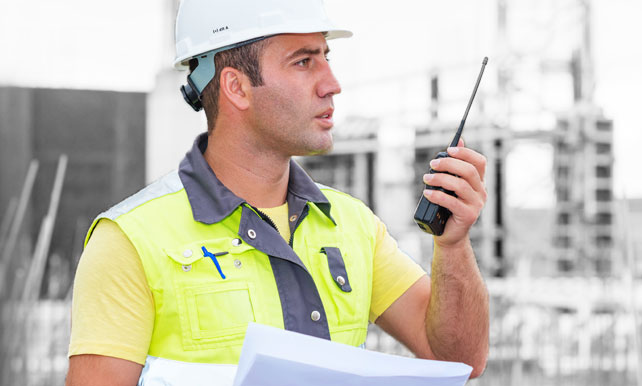How to Become a Construction Superintendent: Climbing the Ladder
How to Become a Construction Superintendent: Climbing the Ladder
Construction superintendents play a critical role in the construction industry by working closely with all the teams involved on a project to ensure that every aspect runs smoothly. A construction superintendent works alongside the project manager, performing much of the same duties in managing a project. A key part of a superintendent’s job is acting as the middleman between the higher-ranking project owners who give approval and funding for the project and field workers who perform the physical labor involved to construct the project. A project superintendent must tend to the needs of these differing groups and ensure that everyone is satisfied with the work being produced, as well as managing the timeline of the project to ensure that construction is on track, and within budget.
If you want to land a job as a construction superintendent, you need to be able to juggle many tasks at once and work well under pressure. Superintendents are expected to coordinate duties for labor workers by using different techniques to speed along the productivity, as well as regularly checking safety regulations so that work is being executed properly, reading blueprints, recording and preparing data sheets, logging labor hours, and more.

Table of Contents
What do you need to become a construction superintendent?
If you are interested in becoming a superintendent, know that getting there is no easy path. You need to be an expert in all things surrounding tools and materials involved in any given project. Often several years of experience, ranging anywhere from three to 10 years, is required before you can advance to a superintendent position. Many companies are also more frequently looking for candidates with college degrees’ in construction management, construction science, engineering, or architecture to fulfill superintendent positions. A bachelor’s degree is not always necessary, enough years of experience in the field with a high school diploma or an associate’s degree could land you the job if you are determined enough.
If you take the college route to earn a bachelor degree in the construction field of your choice, the next recommended step to becoming a superintendent is by gaining experience in the field as soon as you graduate. Internships in the field of project management or job shadowing the position you’re aiming for is a clever way to get your foot in the door and network with project managers and project owners in the industry.
What makes a successful construction superintendent?
Once you land the superintendent job, you need to know how to meet very high expectations with proper execution of the skills required. If you have not yet reached a superintendent position, it is still important to know and practice these few tips for being a great construction superintendent.
1. Communication is key.
As a construction superintendent, you are always communicating with many different people of different professional status. It is crucial to know what tones of professionalism to use when talking with various project team members including executives, or when to use more relaxed methods to create less of an intimidating tone on the construction site. Lastly, you need to be clear, concise and thorough when providing explanations of all normal duties.
2. Go the extra mile.
As a project superintendent, it is your job to know more about a project than anyone; knowledge is power, and knowing all the specifics and issues like the back of your hand is the best thing you can do for yourself and your team. This means making yourself familiar with the land before construction begins, acquiring necessary permits, re-reading over blue prints, and creating contingency plans and timelines.
3. Don’t lose track of anything.
As superintendent, it is your job to note and document everything that is completed on a project. Without document proof, something potentially going wrong during construction could fall in your lap of responsibility. To avoid this, do not let anything slip through the cracks and be attentive to everything happening on the site.
4. Be a leader.
Everyone already knows you are one, so make sure you are acting the part. It is important to empower your team members and create a healthy working environment. Being a leader indeed means being stern, but also remember to be open minded with your team members and consider everything they have to say; be empathetic, engaging, and interactive with your team. A healthy working environment creates greater motivation to achieve greatness (and more profitable work).
Sources
How to Become a Construction Superintendent
The Prerequisites For Becoming a Construction Superintendent


